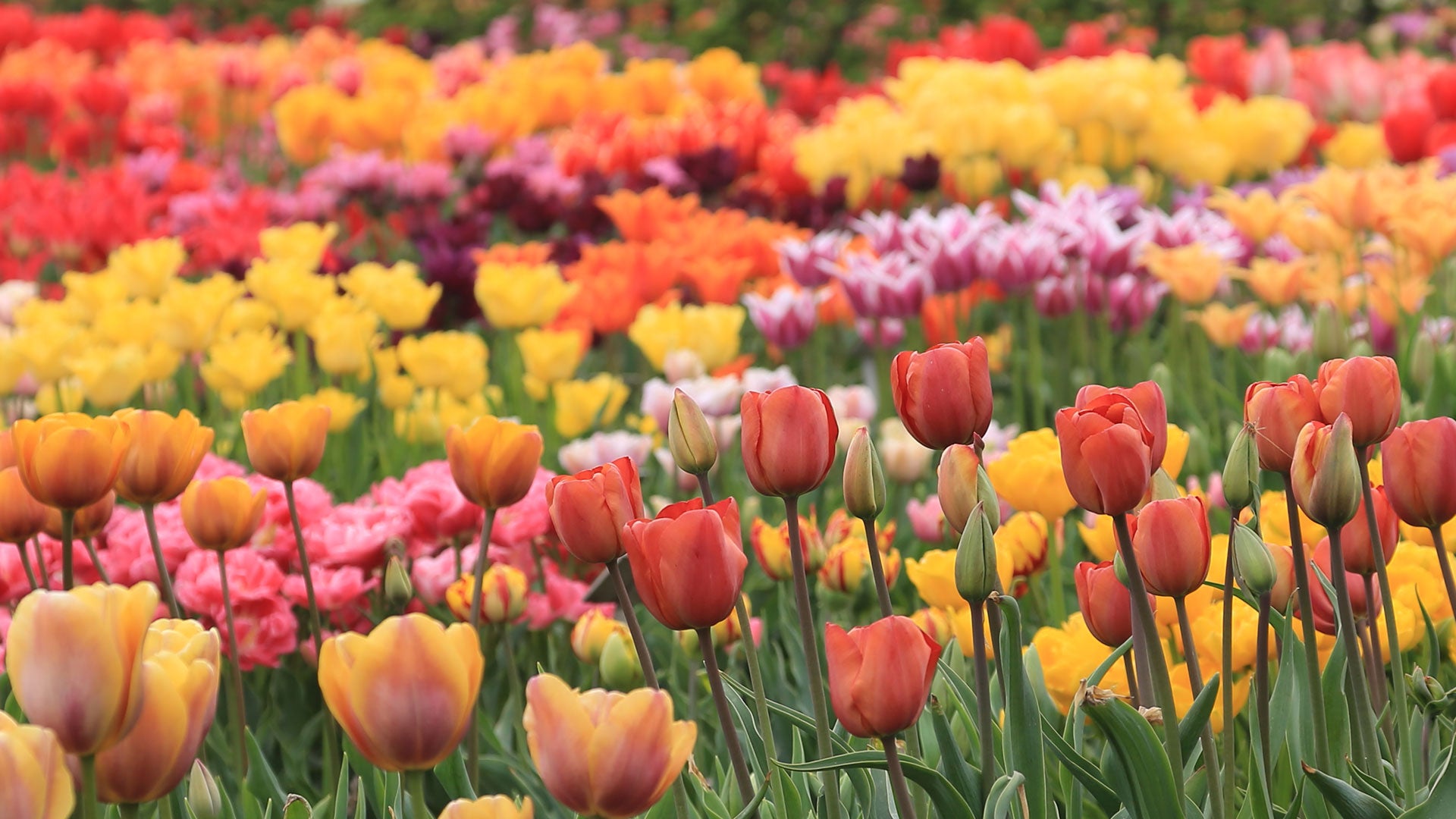The Hortus Bulborum
The Hortus Bulborum is home to the single largest collection of historic tulips on Earth.
The Hortus Bulborum stands by a small church in Limmen, not far from the city of Alkmaar in the Netherlands. It was founded in 1924 by Pieter Boschman, a local schoolteacher who feared that history’s most beautiful tulips would be lost forever.
The garden serves as a sort of gene bank for Holland’s iconic flower and holds examples of some of the oldest tulip cultivars, some dating back to the Tulipmania era. Here you’ll find Duc van Tol Red and Yellow, a tulip first documented in 1595, and Zomerschoon, a 1620 flower that commanded exorbitant prices during the height of the Dutch tulip craze. Delicate bulbs, many infected with the mosaic virus that created the brilliantly striated petals so treasured during Holland’s Golden Age, stand alongside cultivars that have fallen out of fashion, or have weakened to the point that commercial production is no longer feasible. The garden holds 18th century Parrot tulips and the needle-petaled Tulipa acuminato, so favored by the Turks. The Hortus also includes collections of rare daffodils, double hyacinths and fritillaries.
For a few weeks each spring, visitors can wander the neat paths between beds, noting the incredible variety among the 2600 tulip cultivars. One can study the difference between the inner and outer surface of the petals of a beautifully broken flower, or gaze in wonder at the Violet Duc, a purple blossom delicately fringed in white that has survived for nearly 400 years.
This garden is considerably smaller than the vast fields of flowers found in the spring at Keukenhof. But for tulip lovers interested in seeing the past and present gathered in a single garden, the Hortus Bulborum is an essential stop on the tulip trail.


